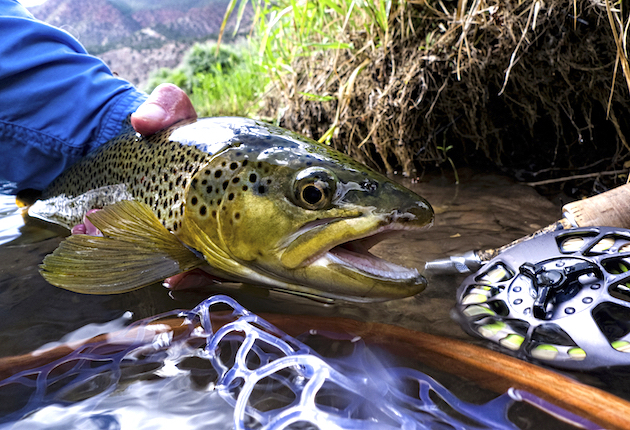New hunting and angling opportunities are coming to America’s wildlife refuges. Sportsmen and women will soon enjoy increased access to 13 refuges across nine states, a much-needed change at a time when access to hunting and fishing areas is shrinking. Some refuges will offer more access than they already allow, while others will be opened to the hunting and fishing public for the first time ever.
The director of the U.S. Fish and Wildlife Service, Dan Ashe, announced the proposal July 13. The plan encompasses migratory bird, upland, and big game hunting opportunities, as well as sport fishing.
“The highly successful North American Model of Wildlife Conservation is founded on our nation’s great hunting and fishing heritage,” Ashe said. “This tradition was the primary driver behind the creation of the Refuge System that has since set aside millions of acres of land for the conservation of all wildlife, and so where it is compatible with refuge management goals and other recreational activities, we are pleased to be able to expand hunting and fishing opportunities.”
Among the expanding access opportunities, two refuges are opening to sportsmen and women for the first time ever. Colorado’s Baca National Wildlife Refuge will open to migratory game bird, upland, and big game hunting but is currently closed to public-use activities. South Dakota’s Lake Andes National Wildlife Refuge will open to sport fishing and is already open to migratory game bird, upland, and big game hunting.
The refuge system includes 560 refuges and 38 wetland management districts. According to the USFWS, there is at least one national refuge within an hour’s drive of most of the country’s major metropolitan areas. What’s more, roughly 90 million Americans—41 percent of the 16-and-older population—enjoy some sort of wildlife-related pastime, contributing more than $144.7 billion to the economy in 2011 alone.
Insufficient access to hunting and fishing areas is often cited as the primary reason hunters and anglers forgo time afield. Refuges provide a crucial outlet, with regulated hunting permitted on 336 refuges and fishing on 275. In addition to the recreation they provide, hunting and fishing help manage the refuges’ animal populations.
“With America becoming ever more urban and its citizens increasingly divorced from nature, it is becoming critical that we find ways to foster connections between people and the natural world,” Ashe said. “As any outdoorsman or outdoorswoman will tell you, there are few better ways than to be outdoors sitting by the water’s edge with a rod and reel or wading in the shallows of a natural wetland habitat while waterfowl fly overhead.”
Public comments on the changes are invited before August 15. For more information and to submit comments, visit www.regulations.gov and reference docket number FWS-HQ-NWRS-2016-0007.
Click here to learn more about hunting opportunities on national wildlife refuges and here for angling opportunities.


It’s high-time… Out here in the PNW it has been getting worse. What was drive in and hunt, is now pay to hunt, or even simply “No Trespassing” at all! It is my firm belief that some is the fault of lazy hunters, and some is actually vandals trying to get hunters out of the woods… I wish the DFW would set up Game cameras all over the place! Hopefully catching the specific violators in the act! We used to have freedom to roam, and we always left areas better than when we found em…
I grew up in New Jersey where land for hunting is very limited. I went deer hunting at the Great Swamp National Refuge once, it was very crowded. Fortunately I drove once on route 6 to visit a cousin in Scranton, PA and discovered Pennsylvania had large state game lands that were free to use. After a scenic 1 1/2 hours drive, I could enjoy hiking a huge tract of forest after purchasing a 5 day small game license.
The very first hunt I managed to shoot a ruffed grouse. I field dressed it and took it back home to Bridgewater, NJ and ate it for dinner that night. I moved to New Mexico 6 years ago and now I hunt black bear, mountain lion, bobcat and coyote in the national forests. Most of these national forests are huge with very few people using them.